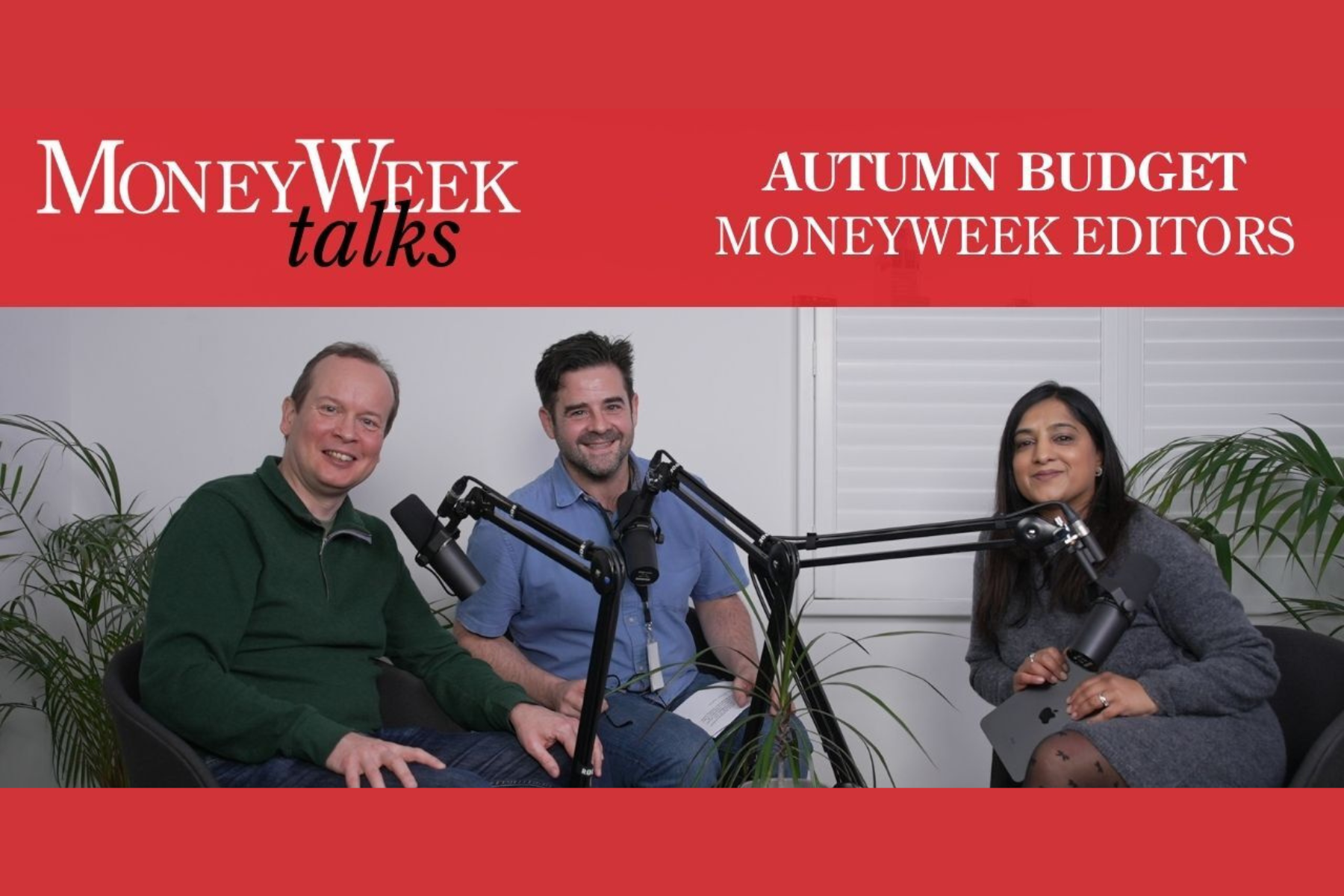How to build a bond ladder
Reduce your risk to interest rate volatility by building a 'bond ladder' portfolio. Phil Oakley explains how.
Rock-bottom interest rates make it hard to get decent levels of income from your investments without taking lots of risk. While some stocks offer an attractive income, the ups and downs of the stock market are just too uncomfortable for some people.
So, investing in bonds has always been seen as a good alternative for those who want a regular income, with less volatility (fewer ups and downs).
Of course, bonds are not the same as cash in the bank. They are by no means risk-free. There's always the possibility that the issuer of the bond won't be able to pay you the interest due, or to give you your money back.
MoneyWeek
Subscribe to MoneyWeek today and get your first six magazine issues absolutely FREE

Sign up to Money Morning
Don't miss the latest investment and personal finances news, market analysis, plus money-saving tips with our free twice-daily newsletter
Don't miss the latest investment and personal finances news, market analysis, plus money-saving tips with our free twice-daily newsletter
The price of bonds also changes when interest rates change (bond prices and interest rates are like a seesaw prices go up when rates fall and go down when rates rise). The distinct possibility of rising interest rates in the future has put many investors off bonds in recent times.
However, there is a way that you can reduce the interest-rate risk' associated with bonds, while securing a regular and predictable source of income. You just have to build yourself a bond ladder'.
What is a bond ladder?
Why do it like this? Well, say you buy a single ten-year bond with an interest rate of 3%. If interest rates then rise to 5%, you can't take advantage of these higher rates apart from by reinvesting the 3% interest until the bond matures.
(You could sell the 3% bond, but you would be likely to end up losing a lot of money, as the bond would have fallen in price as rates rise.)
By building a bond ladder instead, you can take advantage of rising interest rates by having bonds mature at regular intervals in this case two years. So when the two-year bond matures, your longest maturity bond is now eight years.To maintain the ladder you would invest in another bond with a ten-year maturity.
If interest rates have gone up between times, this will boost the income of your bond portfolio. If they have fallen, you won't be reinvesting all of your portfolio at once and so will be able to hang on for a while at existing higher interest rates.
As well as reducing interest-rate risk, bond laddering gives you a portfolio with predictable cash flows (providing the issuer doesn't go bust). You hold the bonds until they mature, so you know how much interest and bond repayment (£100 per bond, say) you will receive each year, which is useful for planning.
How to build one
1. Decide how many years you wantyour ladder to last
2. How many rungs are on your ladder? In other words, how often do you want your bonds to mature? This will give you the number of bonds in your portfolio. The more you have, the more diversified your portfolio will be.
3. What will your ladder be made of?You could stick to government bonds, or you could add corporate bonds or even fixed-term savings accounts.
Putting a bond ladder together in practice is not as easy as it is in theory. It can be tricky to buy bonds with the exact maturities you need.
Using the example of a ten-year ladder, with rungs at approximately every two years, I've put together a model portfolio below with current UK government bonds. To keep things simple, I've ignored trading costs, taxes and accrued interest.
Someone buying these five bonds could lock in an income stream of 3.23%until December 2015, when the firstbond matures. To maintain the ladder,the proceeds would be re-invested intoa bond maturing in 2025 or 2026, suchas Treasury 5% March 2025.
If rates remain unchanged, buying this bond would boost the income to £3,624 and the yield of the portfolio to 3.7% until March 2018.
What to look out for
Four of the bonds below will repay less than you paid for them because they were bought above their par values. If you need your cash early, selling bonds before maturity could see further losses if rates rise.
You also need a relatively largeportfolio to own a lot of individual bonds so that you spread your risks. This can be very expensive when commissions and spreads (the difference between the buying and selling prices of the bonds) are taken into account.
One alternative is to make a bond ladder using funds or exchange-traded funds (ETFs), although these will also come with costs.
| Treasury December 2015 | 2% | 113p | 1.77% | £20,000 | £354 |
| Treasury March 2018 | 5% | 114p | 4.39% | £20,000 | £877 |
| Treasury March 2020 | 4.75% | 115.6p | 4.11% | £20,000 | £822 |
| Treasury March 2022 | 4% | 111.78p | 3.58% | £20,000 | £716 |
| Treasury September 2023 | 2.25% | 96.58 | 2.33% | £20,000 | £466 |
| Total income | Row 5 - Cell 1 | Row 5 - Cell 2 | Row 5 - Cell 3 | Row 5 - Cell 4 | £3,235 |
| Portfolio yield | Row 6 - Cell 1 | Row 6 - Cell 2 | Row 6 - Cell 3 | Row 6 - Cell 4 | 3.23% |
Get the latest financial news, insights and expert analysis from our award-winning MoneyWeek team, to help you understand what really matters when it comes to your finances.
Phil spent 13 years as an investment analyst for both stockbroking and fund management companies.
After graduating with a MSc in International Banking, Economics & Finance from Liverpool Business School in 1996, Phil went to work for BWD Rensburg, a Liverpool based investment manager. In 2001, he joined ABN AMRO as a transport analyst. After a brief spell as a food retail analyst, he spent five years with ABN's very successful UK Smaller Companies team where he covered engineering, transport and support services stocks.
In 2007, Phil joined Halbis Capital Management as a European equities analyst. He began writing for MoneyWeek in 2010.
-
 How much would it cost you to buy a house in Great Britain's happiest places?
How much would it cost you to buy a house in Great Britain's happiest places?Average asking prices for a property in the happiest place in Britain are below the national average
-
 How the Budget will hurt you: MoneyWeek Talks
How the Budget will hurt you: MoneyWeek TalksPodcast An Autumn budget podcast special episode, featuring MoneyWeek editors Kalpana Fitzpatrick, Andrew van Sickle and Cris Heaton.